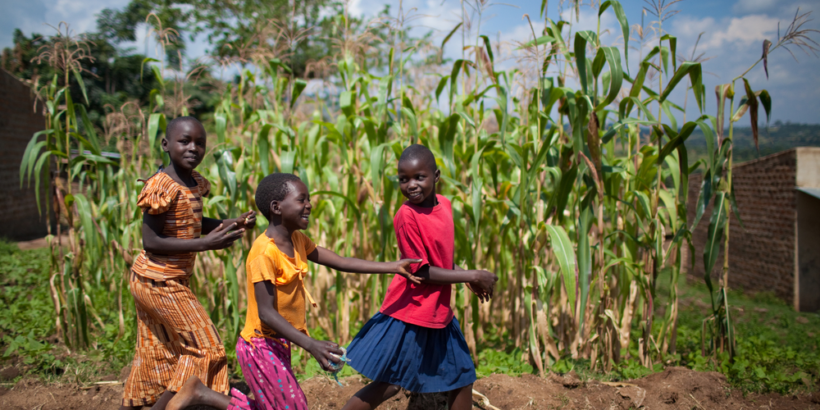This week, health leaders from World Health Organization (WHO) member states are meeting for the 71st World Health Assembly (WHA), where they will discuss a variety of important health topics. While typhoid isn’t explicitly on the agenda this year, there are several topics that have implications for prevention and control of typhoid.
At this meeting, the WHA will adopt the strategic framework and priorities that will guide WHO from 2019 to 2023. The draft contains three ambitious and overarching goals:
- 1 billion more people enjoying universal health care;
- 1 billion more people better protected from health emergencies; and
- 1 billion more people enjoying better health and wellbeing.
Typhoid impacts nearly 12 million lives each year, limiting the health and wellbeing of those infected as well as their families and communities. People with limited access to healthcare or suffering in the midst of health emergencies are often most vulnerable. Improving universal health care, including access to typhoid conjugate vaccines (TCVs), and ensuring vulnerable families and communities are protected against health emergencies will help protect against typhoid.
One major focal area to ensure WHO’s strategic priorities are met by 2023 is to address and tackle antibiotic resistance. Typhoid, along with many other bacterial diseases, is becoming increasingly resistant to available antibiotics, limiting our ability to effectively treat the infections. Resistance has been seen to all classes of antibiotics used for the treatment of typhoid, and an extensively drug-resistant strain has been identified as the cause of an ongoing outbreak in Pakistan, leaving only one antibiotic left to treat it. WHO recognizes this threat. Salmonella Typhi, the bacteria responsible for typhoid, is classified as a high-priority bacteria for research and development into new antibiotics. The good news for people at risk for drug-resistant typhoid is that we have tools available to prevent typhoid – TCVs and safe water, sanitation, and improved hygiene practices – that minimize the need for antibiotics.
WHA is also poised to discuss the environment and climate change, which affect health and can expand infectious disease risks. Typhoid is a waterborne disease spread through contaminated food and water. Lack of clean water and proper sanitation systems provide a conducive environment for typhoid to spread. With millions around the world currently lacking clean water and adequate sanitation, the growing effects of climate change will only exacerbate these challenges. For example, climate change increases the likelihood for more extreme weather events, including droughts and floods. When water becomes scarce during a drought, people are forced to search for water often in shallow areas, increasing the likelihood that the water is contaminated with typhoid or other bacteria. Floods, on the other hand, can overwhelm a town or city’s sanitation infrastructure, allowing sewage to seep into the water supply. An ongoing outbreak in Zimbabwe is the result of a contaminated water supply. As our world’s leaders grapple with how to halt climate change and mitigate its ongoing effects, efforts to prevent typhoid such as TCVs and clean water and sanitation are all the more imperative.
Addressing access to medicines and vaccines is also top of mind during this WHA. Vaccines and medicines have to reach those who need them to make an impact and save lives. Access to and availability of key typhoid prevention and treatment tools – TCVs and antibiotics – is often limited in the communities that need them most. As leaders pick up the thread about improving access to and availability of health commodities, we continue our goal to accelerate introduction of TCVs as part of an integrated approach to typhoid prevention and control.
Typhoid may not be front and center at WHA this week, but it’s still present. TCVs and access to safe water and improved sanitation are integral not only to prevent and control typhoid but also to help prevent drug resistance, strive toward universal health care, mitigate the effects of climate change, and ensure that 1 billion people live healthier, happier lives.
Photo Credit: PATH/Eric Becker



